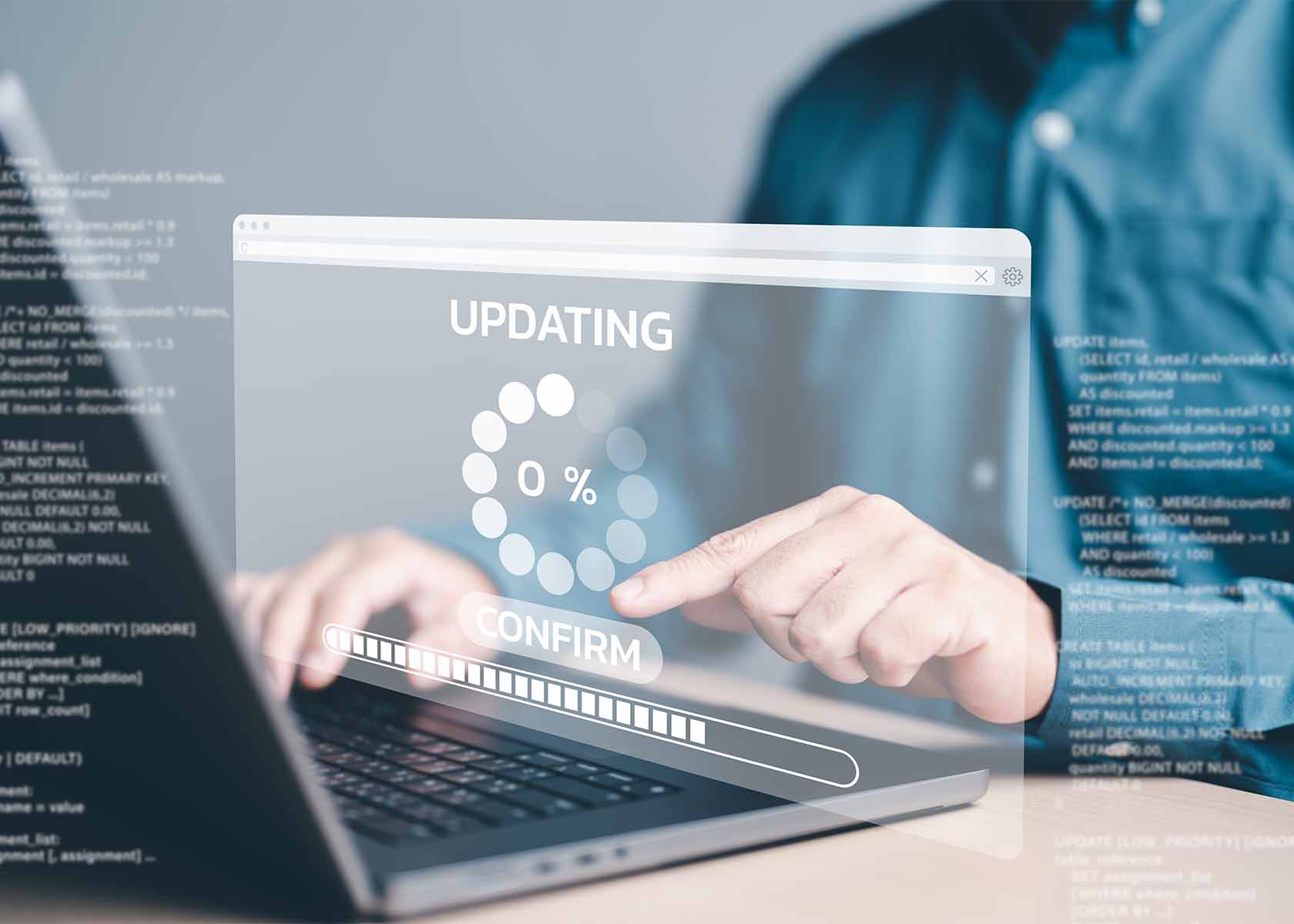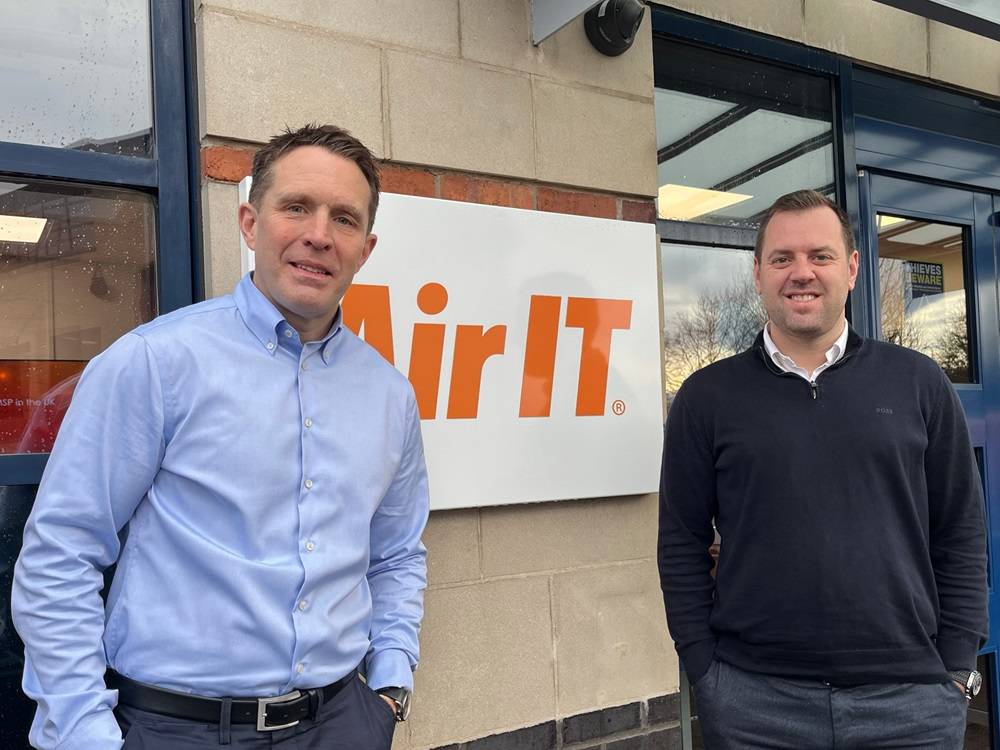-
Services
-
About us


Disaster Recovery vs. Business Continuity: What’s the difference?
Key differences between BCP and DRP:
Business Continuity Planning (BCP):
BCP is more than just a plan; it’s a way of thinking. Think of it as a strategy to keep your organisation running smoothly, reducing downtime when disruptions hit. To make it work, you’ve got to take a panoramic view of the whole organisation and have the high-level support and advocacy of company directors or owners.
BCP is about pinpointing the vital cogs in your business machine – processes, resources, and dependencies and formulating strategies to either maintain these operations smoothly or bounce back swiftly when hit with adversity – consider it as an insurance policy against technical issues.
What to consider when creating a business continuity plan:
Consider the events that pose the biggest risk to your business operations. Is your office in an area that’s susceptible to flooding? Do you rely heavily on certain suppliers? Are you concerned about the rapid rate at which cyber threats are advancing?
It’s important to create a business continuity plan that’s tailored to your business, whilst keeping in mind that you must be prepared for all eventualities.
Some of the things you may have to plan for in a business continuity strategy include:
- A list of backup options or plans such as a backup office location or backup equipment
- Develop relationships with alternative contractors and suppliers
- Robust backup and recovery strategies for critical data
- Plan for the redeployment of staff to different roles if needed
- Establish and improve remote work capabilities
- Strategies for maintaining widespread communication
Disaster Recovery Planning (DRP):
DRP is the practical companion to BCP, delving into the hands-on aspects of recovery. Unlike the high-level approach of BCP, DRP hones in on the technical intricacies of recovery. It involves dedicated teams with a specific objective: returning operations to their usual state.
It’s like rebuilding a house after a fire – restoring IT systems, applications, and data to their pre-disaster condition.
Things to consider when creating a disaster recovery plan:
- Establish clear roles and responsibilities in a disaster situation
- Allocate a budget for disaster recovery efforts
- Strategies for recovering from potential infrastructure failures or data losses
- Do you need to engage experts to create a plan and test it for you?
Risks of overlooking BCP and DRP:
- Legal consequences: Adhering to data protection and business continuity regulations is an absolute requirement. Neglecting BCP and DRP can result in violations of regulatory standards and potential legal repercussions.
- Data loss and system setbacks: Neglecting DRP heightens the risk of significant data loss and irreparable systems, especially in sectors where data integrity is not just a priority but a necessity.
- Financial loss: Ignoring both BCP and DRP can take a heavy toll, from substantial downtime costs to the looming threat of regulatory fines resulting from data breaches.
- Reputation damage: Clients expect businesses to respond swiftly to disruptions, regardless of the extent. Neglecting BCP and DRP can harm your reputation and erode trust among customers.
- Operational downtime: When a solid BCP is missing, organisations are at risk of dealing with prolonged operational disruption, a risky situation that can result in financial setbacks, harm to reputation and unhappy customers.
- Supplier and partner relationships: Businesses rely on each other, and disruptions within one entity can have ripple effects across the entire network. Without a BCP, fulfilling commitments becomes a challenge, potentially straining relationships with stakeholders.
Don’t brave it without a strategy
Getting ready for a disaster is crucial for businesses to avoid expensive downtime or even shutting down permanently when these disruptive events happen. Business Continuity and Disaster Recovery are vital elements of a comprehensive risk management strategy, working together to mitigate the severe impact of disruptions on an organisation’s operations, its stakeholders and reputation.
View it as a proactive strategy to keep everything running smoothly even when the unexpected comes knocking – a crucial l element in ensuring sustained success.
Strengthen your IT Resilience through Disaster Recovery
Whether your systems and data are located on-premise or in the cloud, you must ensure they can be recovered quickly in the event of a disaster. This means you need a fully documented and tested disaster recovery plan and a disaster recovery solution. This will allow your business to recover quickly, minimising data loss and downtime in the event of a disaster.
There are plenty more things SMEs can do to improve the condition of their IT and cyber security posture. Discover these strategies in our blog, Strengthening your IT Resilience in 2024 & Beyond!
Alternatively, contact us to further strengthen your security posture through cyber resilience!


